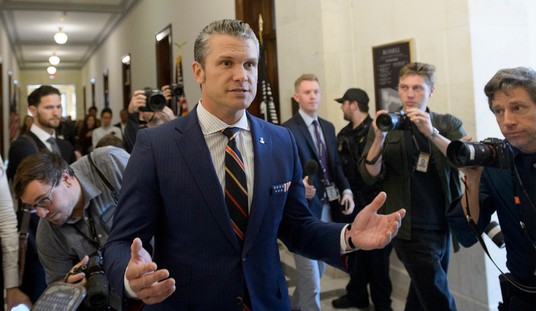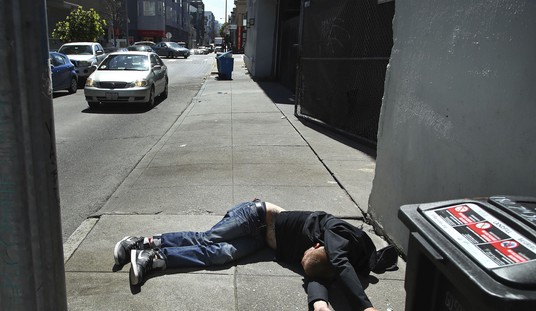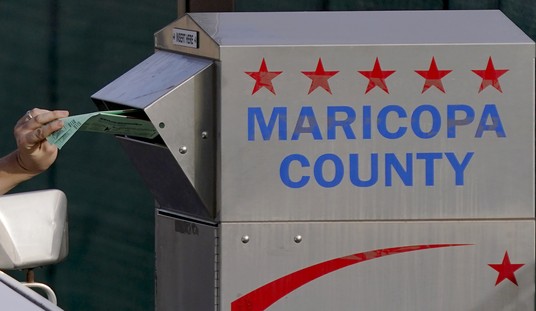The latest CBO budget and economic outlook is using baseline assumptions that are as realistic as flying unicorns. Although they project a decade of mediocre growth and moderate deficits, even such a dismal projection is a pretentious view of reality.
On the budget side, CBO’s baseline outlook portends a $1.284 trillion deficit this year, and $3.487 worth of deficits over the ten-year budget frame, from 2012-2021. The ten-year deficit predictions assume that the annual deficit will dramatically drop to $265 billion in just two years, and remain below $300 billion for the rest of the decade! The previous baseline outlook in March foresaw a $1.4 trillion deficit in 2011 and $6.7 trillion in deficits for the subsequent ten years. Even the March outlook was a lowball figure because the report presumed an unrealistic improvement in economic output, dramatic spikes in revenue, long-term record low interest rates, while obfuscating the costs of Obamacare all along. The updated baseline outlook makes those assumptions on steroids.
The CBO gets their unrealistic budget estimates from predictions of economic growth that run counter to all of the current economic reports. In turn, the robust unicorn economy will rapidly increase revenue, while decreasing spending on anti-poverty and unemployment programs. CBO is predicting GDP growth of 2.3% this year, even though it has only grown by 0.8% for the first half of the year. We would need to enjoy a 3.8% rate of growth for the rest of the year, in order to achieve the 2.3% target.
Additionally, CBO is predicting 8.5% unemployment by 2012. Then, from 2013-2016, CBO is predicting an average of 3.6% GDP growth and 5.3% unemployment! No wonder they predict revenues to rise to 20.2% of GDP – near historic records – by 2014.
For some perspective, compare those numbers to the estimates by other economists. JP Morgan is predicting 1.3% GDP growth and 9.5% unemployment by the end of next year, while Goldman Sachs is predicting 2.1% GDP growth and 9.25% unemployment.
While most of the unicorn predictions by the CBO are derived from an impracticable economic outlook and unrealistic revenues, the rest of the savings come from spending reductions and tax increases. They are already budgeting in the impending $1.2 trillion in cuts that will supposedly pass the super duper committee. They are also assuming that the Bush tax cuts expire, an AMT fix is discontinued, and most Medicare provider payments under ‘doc fix’ are discontinued. Remember that CBO only uses static scoring, and as such, fails to envision the economic devastation of such tax hikes.
The only real cuts that should be factored in are the $756 billion in savings from discretionary caps. Imagine what the CBO baseline would show, even with rosy economic outlooks, had Republicans not taken back the House?
Oh, and for good measure, CBO assumes that inflation will remain low, interest rates will be next to nothing, and housing prices will soar – to almost pre-crash levels. This, despite the fact that home prices continue to tank.
In order to uncover the truth, you must read the conclusion at the end of the budget-outlook section of the report. They make it clear that the “alternative scenarios” are more accurate than the baseline outlook:
Moreover, the projections of federal debt that CBO highlighted in June for the alternative fiscal scenario do not include the harmful effects of rising debt on economic growth and interest rates. If those effects were taken into account, projected debt would increase even more rapidly. Large budget deficits and growing debt would reduce national saving, thus leading to higher interest rates, more borrowing from abroad, and less domestic investment—which in turn would lower real GDP and income in the United States relative to what would otherwise occur. Furthermore, paying for the rising costs of interest through higher marginal tax rates could discourage work and saving and reduce output even more, while making room in the budget for those interest costs by reducing spending on government programs would have other economic and social consequences.
An increasing federal debt relative to the size of the economy also would boost the probability of a sudden fiscal crisis, during which investors would lose confidence in the government’s ability to manage its budget, and the government would lose its ability to borrow at affordable rates. At the same time, burgeoning debt would increasingly restrict policymakers’ ability to use tax and spending policies to respond to unexpected challenges, such as economic downturns or financial crises.
The explosive path of federal debt under the alternative fiscal scenario shows that the combination of policies that underlie that scenario cannot be continued for the next several decades.
It’s also important to highlight the disclaimer from the CBO at the beginning of their report:
CBO initially completed its economic forecast in early July, but it updated the forecast in early August to reflect the policy changes enacted in the Budget Control Act of 2011. However, the forecast described in this report does not reflect any other developments since early July, including the recent swings in financial markets and the annual revision to the national income and product accounts (compiled by the Bureau of Economic Analysis). Incorporating that recent news and economic data would have led CBO to temper its near-term forecast for economic growth.
In other words, the only way we will achieve those economic and budget estimations is by electing a conservative president and Senate – and ending over-taxation, regulation, litigation and subsidization. And, most importantly, Obamacare.
Or, we could just start a war with aliens.













Join the conversation as a VIP Member